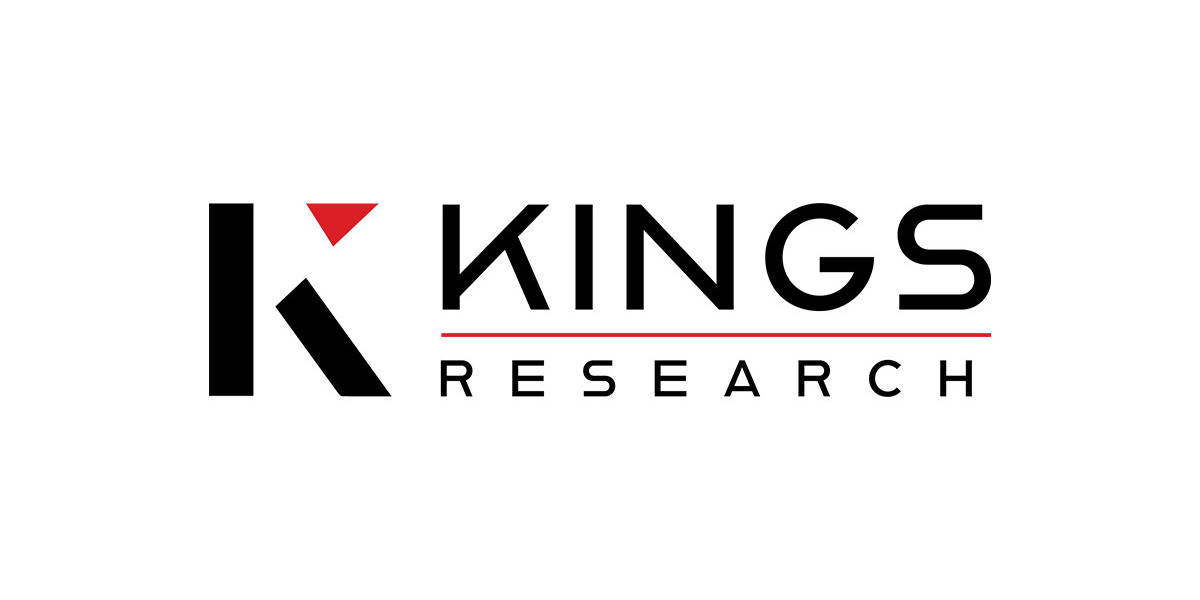Market Overview
The global clinical alarm management market is experiencing significant growth, with projections indicating an increase from USD 2.82 billion in 2024 to approximately USD 9.99 billion by 2032, reflecting a compound annual growth rate (CAGR) of 17.04% during the forecast period. This expansion is driven by the increasing complexity of healthcare environments, the need to enhance patient safety, and the adoption of advanced technologies to address alarm fatigue and improve clinical workflows.
Market Dynamics
The clinical alarm management market is influenced by several key factors:
Alarm Fatigue: Healthcare professionals are often overwhelmed by the high volume of alarms, leading to desensitization and delayed responses. This phenomenon has prompted the development of more sophisticated alarm management systems to prioritize critical alerts and reduce unnecessary notifications.
Technological Advancements: The integration of artificial intelligence (AI), machine learning, and predictive analytics into alarm management systems enables real-time monitoring and proactive response, enhancing patient outcomes and operational efficiency.
Regulatory Pressures: Regulatory bodies are increasingly emphasizing the importance of effective alarm management to ensure patient safety, leading healthcare institutions to invest in compliant and advanced alarm systems.
Workforce Challenges: The global shortage of healthcare professionals necessitates the implementation of automated and intelligent alarm systems to support clinicians and optimize resource utilization.
Market Segmentation
The clinical alarm management market is categorized based on product type, component, end-user, and region:
Product Type:
Nurse Call Systems: Facilitate communication between patients and healthcare providers.
Physiological Monitors: Track vital signs and alert clinicians to changes.
Ventilators: Monitor and manage respiratory support for patients.
EMR Integration Systems: Integrate alarm data with electronic medical records for comprehensive patient information.
Others: Include bed alarms and other specialized devices.
Component:
Solutions: Software and hardware solutions that manage and analyze alarm data.
Services: Support services including system integration, maintenance, and training.
End-User:
Hospitals & Clinics: The largest segment, driven by the high volume of patients and the critical need for effective alarm management.
Ambulatory & Home Care Centers: Growing segments due to the increasing trend of at-home patient monitoring.
Long-Term Care Facilities: Require continuous monitoring of residents, especially the elderly population.
Region:
North America: Dominates the market due to advanced healthcare infrastructure, high adoption of digital health technologies, and stringent regulatory standards.
Europe: Exhibits steady growth with increasing investments in healthcare IT and patient safety initiatives.
Asia-Pacific: Expected to witness the highest CAGR, driven by expanding healthcare infrastructure, rising chronic disease prevalence, and technological adoption.
Latin America & Middle East & Africa: Emerging markets with growing healthcare investments and awareness of alarm management solutions.
Recent Developments
The clinical alarm management market has seen several notable developments:
Technological Innovations: Companies are focusing on integrating AI and machine learning into alarm systems to enhance predictive capabilities and reduce false alarms.
Strategic Partnerships: Collaborations between healthcare providers and technology companies aim to develop integrated solutions that streamline alarm management processes.
Regulatory Compliance: Healthcare institutions are adopting alarm management systems that comply with international standards and regulations to ensure patient safety and avoid penalties.
Market Expansion: Companies are expanding their presence in emerging markets through partnerships, joint ventures, and localized product offerings to cater to the growing demand.
Future Outlook
The clinical alarm management market is expected to continue its upward trajectory, driven by:
Increased Adoption of Smart Technologies: The proliferation of Internet of Medical Things (IoMT) devices and smart hospital infrastructure will enhance the capabilities of alarm management systems.
Focus on Patient-Centric Care: Healthcare providers are prioritizing patient safety and satisfaction, leading to investments in advanced alarm management solutions.
Policy and Regulatory Support: Governments and regulatory bodies are likely to introduce policies that promote the adoption of effective alarm management practices.
Workforce Optimization: The integration of automated alarm systems will assist in mitigating the impact of healthcare workforce shortages.
Conclusion
The clinical alarm management market is at a pivotal point, with technological advancements and a heightened focus on patient safety driving its growth. Healthcare institutions are increasingly recognizing the importance of effective alarm management systems to enhance clinical outcomes, optimize workflows, and ensure compliance with regulatory standards. As the market continues to evolve, stakeholders must stay abreast of technological innovations and regulatory changes to capitalize on emerging opportunities and address the challenges of modern healthcare environments.








